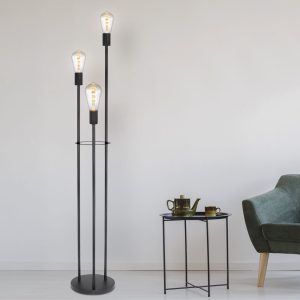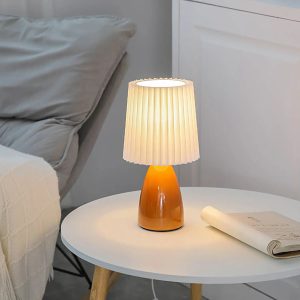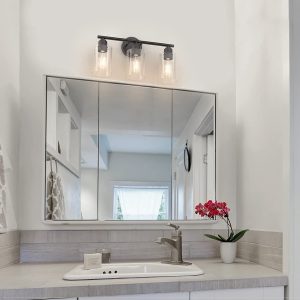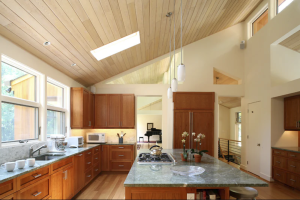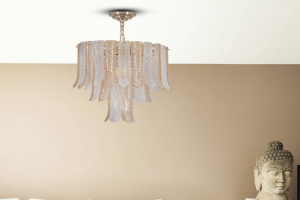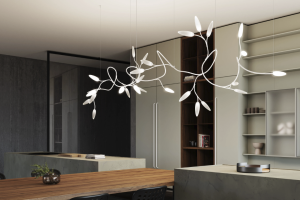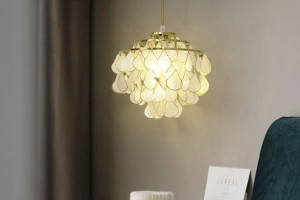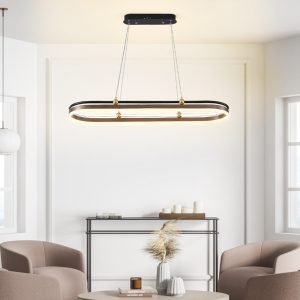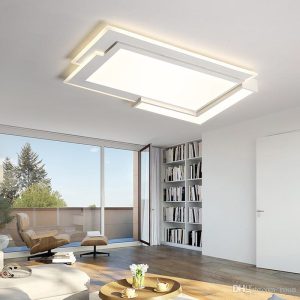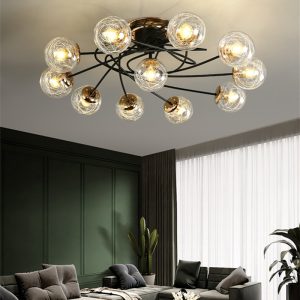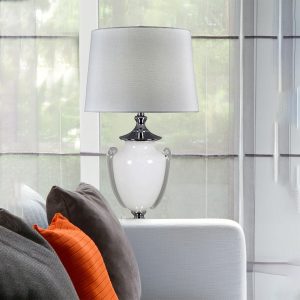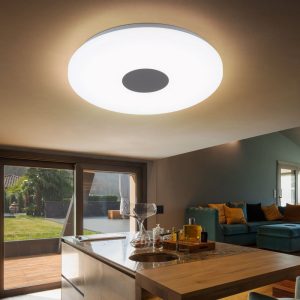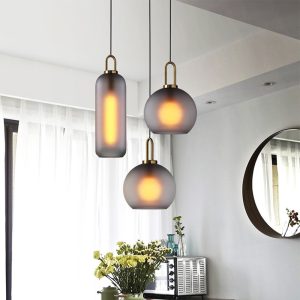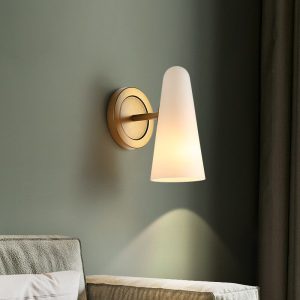
Introduction
LED or Light Emitting Diodes is a popular source of illumination in many applications today. The technology has been around for decades, but it is only in recent years that it has gained widespread use as a cost-effective, energy-efficient, and eco-friendly alternative to traditional lighting sources. This article will delve deeper into LED light sources, the benefits they offer, and their potential for the future.
The Advantages of LED Lights
LED lights come with many advantages, some of which include:
Economic
LED lights are highly energy efficient, which means they consume less power to produce the same amount of light as traditional light sources. This makes them cost-effective in the long run as they have lower operational costs and require fewer replacements.
Ecological
LED lights have a low carbon footprint, and they do not contain hazardous materials like mercury which is present in fluorescent bulbs. Their longevity also reduces wastage and subsequent disposal of light sources.
Operational
LED lights have a rapid on-off response, unlike other light sources, which can take a few seconds to start up. They are also durable and resilient to shock and vibrations, making them ideal for outdoor, industrial or automotive use.
LED Light Applications
LED lights have several applications in different fields, including:
Residential Lighting
LED bulbs can replace traditional bulbs in various residential applications, such as ambient lighting or task lighting. In addition, LED light strips can improve the aesthetics of a room, create a dramatic effect or provide accent lighting.
Commercial Lighting
LED lights reduce energy costs in commercial applications that use lighting all day. Examples include offices, parking lots, warehouses, and retail shops.
Automotive Lighting
LED lights are used in automotive lighting as headlights, taillights, and brake lights. They improve visibility at night and in poor weather conditions.
The Future of LED Lights
The future of LED light sources looks promising as the technology continually evolves. There may be advancements in the following areas:
Power Outputs
LED lights will have higher power outputs as technology advancements enable manufacturers to produce brighter and more efficient LED lights.
Smart LED Lights
LED lights will have smart features that enable users to control them via a mobile app or a smart device. The smart features include dimming, color changing, and timing.
Cost Reduction
As the manufacturing processes improve and production scale increases, the cost of LED lights will reduce, making them more accessible to a broader customer base.

